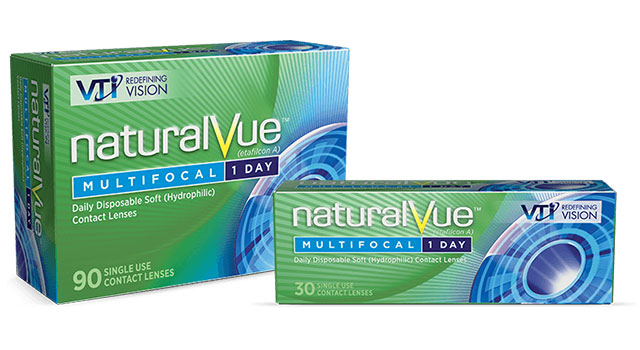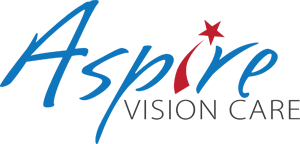 Myopia (nearsightedness) has reached pandemic proportions, with nearly a third of the world’s population being myopic.
Myopia (nearsightedness) has reached pandemic proportions, with nearly a third of the world’s population being myopic.
Myopia occurs when the shape of the eye causes light rays entering the eye to bend incorrectly. This leads to blurred vision when viewing objects that are far away. Most myopic children are diagnosed between ages 3 to 12, according to the American Optometric Association.
Once a child becomes myopic, the condition generally worsens as they get older. While glasses and contact lenses can provide clear distance vision, they don’t cure myopia. They only relieve the symptoms.
Why Is Myopia Problematic?
Myopia can have a very negative impact on your child's learning, athletics, and overall school performance. Additionally, having myopia as a child can significantly raise the risk of developing serious ocular complications such as glaucoma, cataracts, and retinal detachment in adulthood.
Is your child at risk?
Some factors that increase a child’s risk of becoming myopic include:
- Race (Asians are more prone to myopia)
- Family history (one or both parents are myopic)
- Less than 2 hours per day playing outdoors
- Excessive time spent indoors reading, looking at a screen, or doing other close-work
How To Reduce The Risk of Myopia
To reduce the risk of your child developing myopia, increase their outdoor playtime and reduce their amount of near work.
It is important to have your child’s eyes tested by an eye doctor before they start school. The doctor will be able to give a reliable indication of their future risk of developing myopia.
If your child is already found to be myopic, their eye doctor will be able to discuss all the myopia management options available.
Myopia Management Options
Myopia management can help stabilize your child's vision and improve their school performance. A program of myopia management can include these options:
- Atropine eye drops
- Orthokeratology ("ortho-k")
- Multifocal contact lenses (NaturalVue)
Your child’s eye doctor will decide which option is best for your child based on many factors, including your child’s age, degree of myopia, how their eyes work together, and their level of maturity.
NaturalVue vs Other Contact Lenses for Myopia
While regular soft contact lenses can provide clear distance vision, they don’t slow or halt the progression of myopia.
NaturalVue lenses are multifocal lenses that were originally developed to help older people read without reading glasses. However recent research and clinical trials have shown that these lenses may also help patients with myopia.
Studies have found that children who wear multifocal contact lenses have a significantly slower progression of their myopia compared to those who wear regular contact lenses. A study published in Eye and Contact Lens Journal: Science and Clinical Practice found that children who wore NaturalVue Multifocal contact lenses for 5 years had lower rates of myopia progression.
NaturalVue Multifocal lenses provide clear and comfortable vision while slowing myopia progression.
If your child is myopic or you are concerned they might become myopic, contact Aspire Vision Care to schedule an appointment. We can help diagnose and manage your child’s myopia so that they can enjoy clear vision while slowing or preventing this condition from worsening.
Q&A
Q: How do multifocal contact lenses reduce myopia progression?
- A: The lens design has two parts. The central part corrects your vision, allowing you to see clearly. The peripheral part of the lens has a lower power, allowing light from the side of vision to focus in front of the retina. This effect has been shown to slow down or even stop the worsening of the child’s myopia.
Q: How does NaturalVue compare to Ortho-k?
- A: NaturalVue lenses are daily disposable soft contact lenses that are worn during the day, and then removed and thrown away at night. Ortho-k are hard contact lenses worn during sleep and removed in the morning.
https://reviewofmm.com/responsible-and-safe-myopia-management-during-a-pandemic/
{
"@context": "https://schema.org",
"@type": "FAQPage",
"mainEntity": [{
"@type": "Question",
"name": "How do multifocal contact lenses reduce myopia progression?",
"acceptedAnswer": {
"@type": "Answer",
"text": "The lens design has two parts. The central part corrects your vision, allowing you to see clearly. The peripheral part of the lens has a lower power, allowing light from the side of vision to focus in front of the retina. This effect has been shown to slow down or even stop the worsening of the child’s myopia."
}
},{
"@type": "Question",
"name": "How does NaturalVue compare to Ortho-k?",
"acceptedAnswer": {
"@type": "Answer",
"text": "NaturalVue lenses are daily disposable soft contact lenses that are worn during the day, and then removed and thrown away at night. Ortho-k are hard contact lenses worn during sleep and removed in the morning."
}
}
]
}

